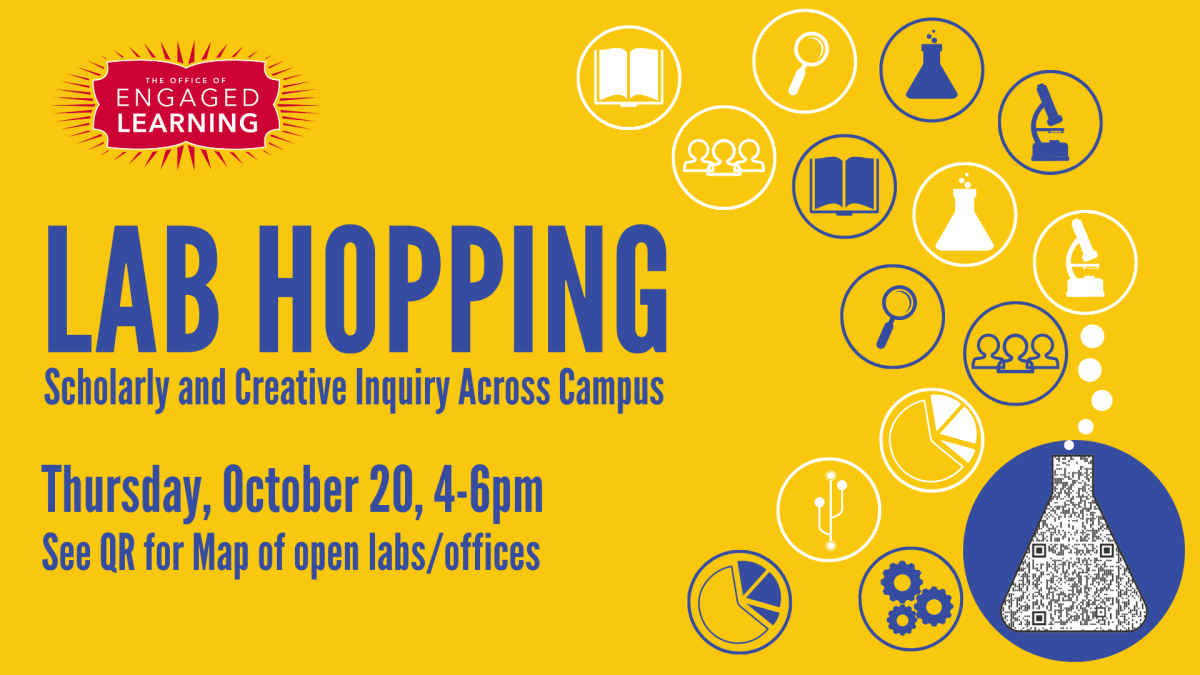 by Aya Bellaoui ’24
by Aya Bellaoui ’24
Maria Katsulos
Maria Katsulos is a Senior from Plano, Texas. Katsulos is majoring in History and English (Creative Writing Specialization), and minoring in Art History, Classics, Women and Gender Studies, and French. Katsulos is Dr. Emma A. Wilson’s research assistant, a McNair Scholar, and a President’s Scholar!
Katsulos is a historian of gender and sexuality in the West, spanning ancient Rome to the Victorian era. She is also the editor-in-chief of Kairos, the creative and literary magazine at SMU.
THE PROCESS OF STARTING THE PROJECT
The project has been in the works since Katsulos’ sophomore year. She was introduced to it by Dr. Emma Wilson after she took her digital humanities class. The class taught Katsulos how one can use computer programs to understand literature in a way that deepens our understanding. In the digital humanities class, Katsulos took a play from a lesser-known author, transcribed his play, and formatted it so that the computer could comprehend the stage directions. She was very intrigued by the playwright, which sparked further interest in both the author’s craft and his network, thus leading to the start of the project.
THE MENTORS
Katsulos has been working with both Emma Wilson and Jackie Lowrey throughout her project. Jackie’s role was to help Katsulos structure her research project, prepare her for the graduate school process, and connect her to various resources and scholarships. Dr. Wilson provides Katsulos with academic mentorship, edits her papers for publication, and helps her formulate research questions that have not yet been answered through certain perspectives.
THE RESEARCH INSTITUTE
Katsulos was the only English history major at the 2021 McNair Summer Research Institute. She had to translate an older version of English in a way that others would understand and embraced the opportunity to share information about her topic. She found a thrill in getting non-historians excited about history. As a future graduate student and beyond, she must learn to appropriately prepare for conferences by reading excerpts and creating PowerPoints for nonspecialists and others in her field. Furthermore, Katsulos aspires to teach someday, so lecturing and breaking down complicated concepts are also necessary skills for her to acquire. Katsulos found that the Research intensive allowed her to sharpen all these skills.
LEARNING CURVES
Katsulos learned to be realistic about the amount of source material she needs to get through. While she is a fast reader – and loves to read – she still found her initial plan to be an overwhelming load. Roadblocks for her studies included hard-to-decipher fonts, unfamiliar historical and theatrical terminology, and time management challenges.
Katsulos also realized the importance of making connections with faculty members and students with similar interests but who bring different perspectives to her work. She feels that interdisciplinary learning is essential to academic growth, immersing ourselves in other perspectives, and broadening our knowledge.
THE PROJECT
Katsulos became interested in the Earl of Rochester after reviewing the various primary sources he wrote. Throughout Rochester’s time serving King Charles II, he wrote progressive, libertine-style poetry that sparked Katsulos’ interest in learning more about the Earl.
For her summer research project, Katsulos read several plays by playwright Nathaniel Lee. She analyzed these plays through lenses of gender and sexuality to see what she could learn about his networks of patronage. Katsulos used prosopography (the study of social networks and how people know each other) to investigate relationships between the playwright and his patrons (those who would pay him to write plays), and the relationship he had with his fellow playwrights (for instance, sometimes they would collaborate, and other times they would compete).
RESOURCES
Katsulos used Early English Books Online and the Interlibrary loan system, used for acquiring books that SMU does not own. Katsulos enjoyed this endless supply of accessible books! The Research Institute was another useful resource because the structure forced Katsulos to meet program-specific deadlines.
LONG-TERM AND SHORT-TERM GOAL
Short-term, Katsulos wishes to complete graduate school applications and her 50-page history senior thesis. Long-term, she aspires to become a successful professor and mentor much like her own mentor, Dr. Wilson.
CURRENT POINT IN THE PROJECT AND THE MAIN GOAL
Katsulos is currently seeking conferences to which she will submit her presentation ; these applications will be funded by Engaged Learning. This process involves selecting multiple conferences, submitting her presentation to them, and waiting for the decisions. Thus far, Katsulos has the American Theater Association and the South-Central Renaissance Conference in mind. Once (hopefully!) accepted, she will deliver the presentation, answer questions from the audience, and receive feedback from graduate students and professors in her field. Katsulos looks forward to expanding her network throughout this process, but her main goal is to educate as many people as possible and “get [her] foot in the door for academia.”
A PIECE OF ADVICE FOR STUDENTS INTERESTED IN RESEARCH
Pick a topic you are passionate about because there will be a lot of reading involved, and make sure it is something you will still be passionate about at the end.
Thank you, Maria!













